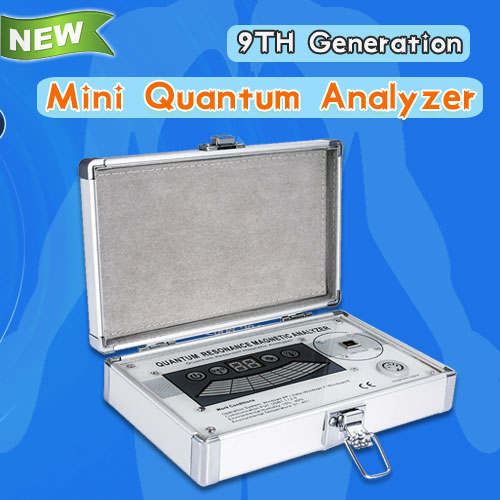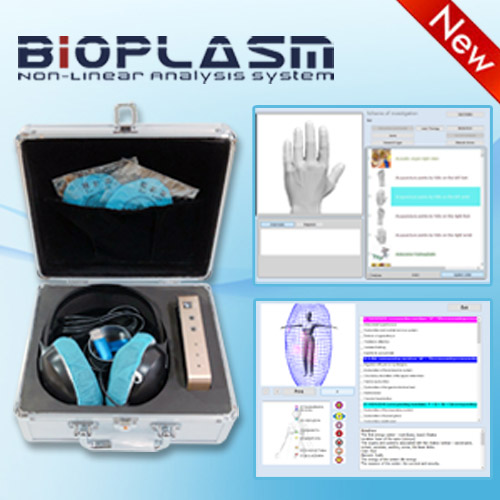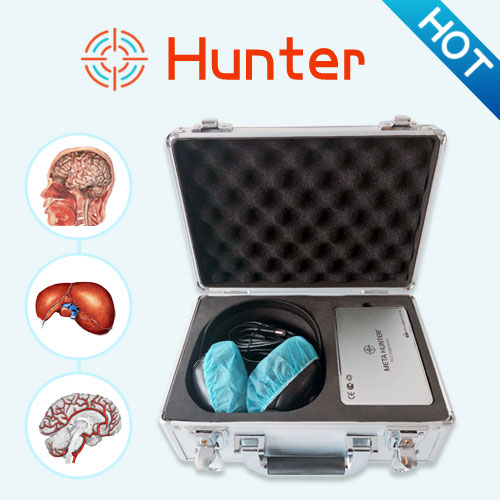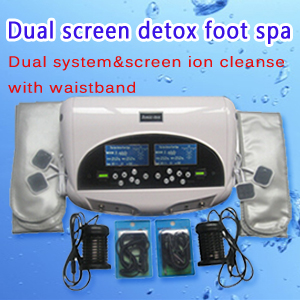The Application Of NLS-investigation By Metatron Hunter In Gastroenterology
Modern and accurate diagnostics of pancreas diseases, gall bladder and biliary ducts, without which it is impossible to carry out proper treatment, is regarded as one of the most important objectives in a modern gastroenterology. Three-dimensional NLS-imaging method still has not found a wide spreading in gastroenterology. Mainly it is applied for differential diagnostics of focal lesions.
In all diagnostically not specified cases in is recommended to apply 3D NLS with SEA to make a clear diagnosis and exclude obstructive jaundice. Diagnostic accuracy of 3D NLS with SEA is 89.4% – 97.8% (at comparison with data acquired during surgical operation or autopsy). The method is considered more efficient than ultrasound research, CT or endoscopic retrograde cholangiopancreatography.
Moreover method of 3D NLS-ultramicroscanning allows to carry out a biopsy.
Besides, endoscopic retrograde cholangiopancreatography, just like other endoscopic interventions, is not completely safe and related to a broad spectrum of complications. Serious complications, which can develop due to endoscopic retrograde cholangiopancreatography application, are responsive pancreatitis, hemorrhage from areas of major duodenal papilla, gall bladder, bile-excretory and Wirsung ducts, perforation of duodenum and bile ducts, infectious complications (purulent angiocholitis first of all). According to some authors, frequency of responsive pancreatitis development after endoscopic retrograde cholangiopancreatography was 7% – 40%. Differing from ERCPG, NLS-investigation with metatron hunter is absolutely safe and harmless.
Surgical intervention is the only method of treatment at this pathology. It is considered reasonable to settle all diagnostic questions regarding obstructive jaundice revealing and prepare a patient for surgical intervention in 10 days since the moment of its appearance. Moder diagnostic can be considered a way of treatment literally. Late surgical operations in this case lead to high rates of lethal outcome. Unnecessary surgical intervention should be avoided in patients with disseminated tumor, however it is important to select a group of patients for which radical surgery is possible.
At the present moment none of clinical and hardware investigation methods can properly solve all these objectives alone. Results of roentgen diagnostics of cancerous affection are far from perfect. It is important to define a role of not separate methods of clinical and hardware investigation, but of their combination.
This article is provide from [Metatron 4025 hunter],please indicate the source address reprinted:http://www.healthycarer.com/news/nls-knowledge/1526.html






